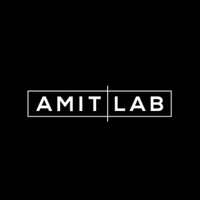
Nathan Skene
@n_skene
Neurogenomics lab @UKDRI at Imperial College. Integrating single-cell data with GWAS to gain insight into brain function and disease
ID: 50372531
http://www.neurogenomics.co.uk 24-06-2009 17:32:38
3,3K Tweet
1,1K Followers
1,1K Following





Excited to share a milestone published in Nature Medicine from our decade-long effort to build The Human Phenotype Project, a unique longitudinal cohort with unmatched depth of clinical and multi-omic profiling, enabling truly predictive, personalized medicine. Led together with




I'm excited to share work on a research direction my team has been advancing: connecting machine learning derived genetic variant embeddings to downstream tasks in human genetics. This work was led by the amazing Divyanshi Srivastava! biorxiv.org/content/10.110…




















